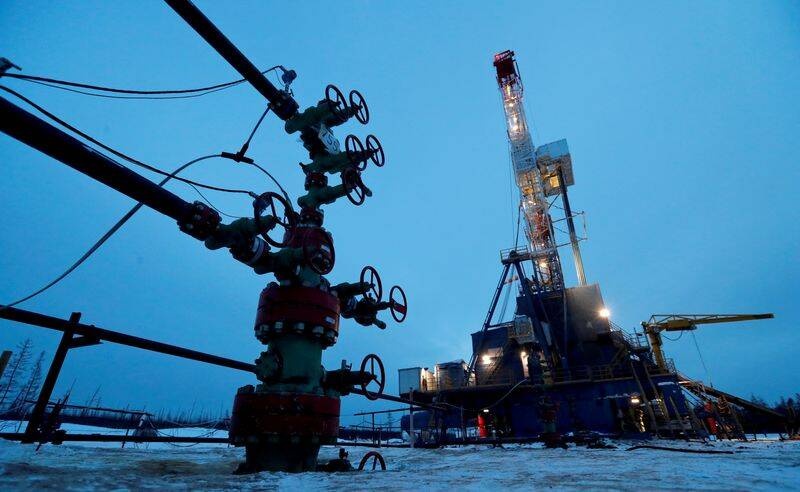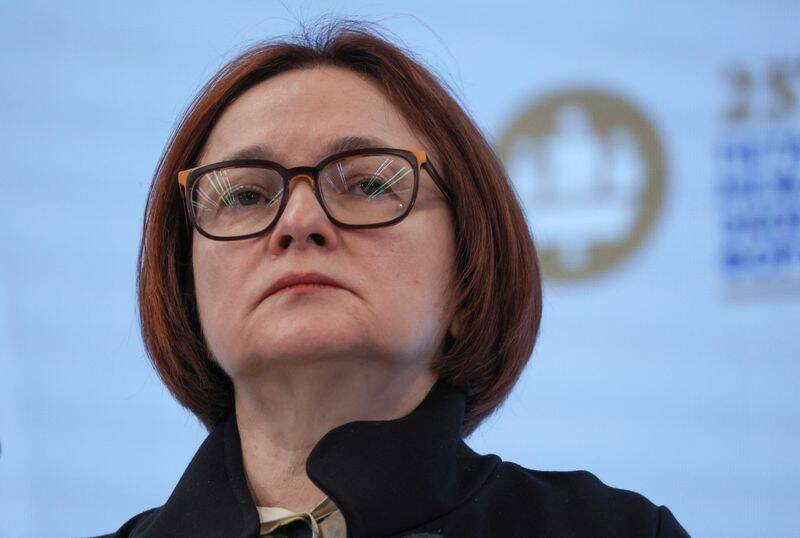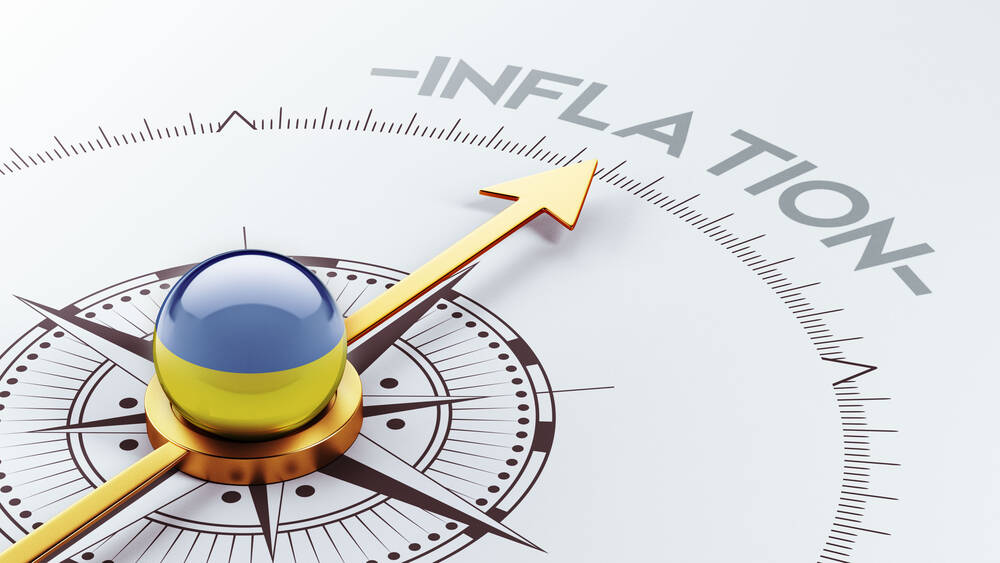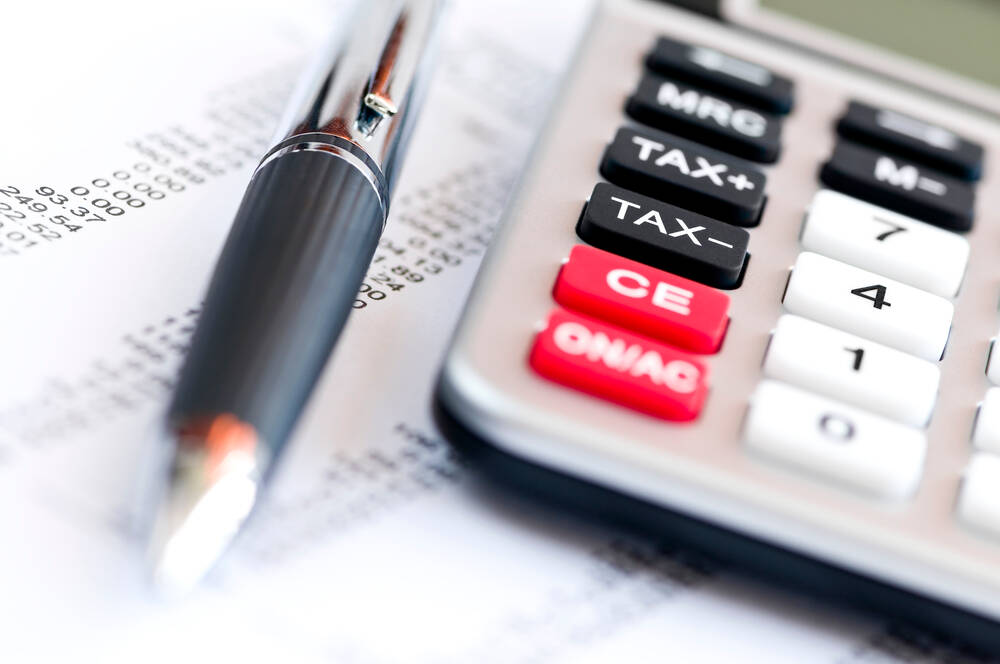Advertisement
Advertisement
Search Indicator:
Choose Country 
Malta Balance of Trade
Last Release
Feb 28, 2025
Actual
-183,487
Units In
EUR Thousand
Previous
-296,853
Frequency
Monthly
Next Release
May 12, 2025
Time to Release
30 Days 7 Hours
Highest | Lowest | Average | Date Range | Source |
301,100 Sep 2024 | -878,623 Jul 2022 | -151,557.06 EUR Thousand | 1996-2025 | N/A |
Malta enjoys a favorable geographic position and large deposits of limestone, which contribute to the strength its export sector. As an island, Malta produces only around 20% of its food necessities, has limited access to fresh water and lacks energy sources. Due to this mix of factors, the economy of Malta is very dependent on foreign trade. Malta mostly exports electrical machinery, mechanical appliances, fish and crustaceans, pharmaceutical producuts and printed material. On the other hand, Malta is a net importer of mineral fuels and oils, non-electrical machinery, aircraft and other transport equipment, plastic and other semi-manufactured goods, food, drink and tobacco. Malta adopted the Euro in 2008, highlighting the status of the European Union as its most important trading partner, having vast trade flows specifically with Italy, the United Kingdom, Germany and France.
Latest Updates
Malta's trade deficit narrowed to EUR 183.5 million in February 2025 from EUR 195.4 million in the corresponding month of the previous year. Imports plunged by 21% year-on-year to EUR 534.6 million, mainly dragged down by lower purchases of industrial supplies (-15.7%), capital goods and others (-48%), consumer goods (-4.7%), and fuels and lubricants (-26.3%). Meanwhile, exports slumped by 26.6% from a year earlier to EUR 351.1 million, weighed down by decreased sales of capital goods and others (-86%) and consumer goods (-16%). Conversely, sales increased for industrial supplies (11.9%) and fuels and lubricants (1.26%).
Malta Balance of Trade History
Last 12 readings







